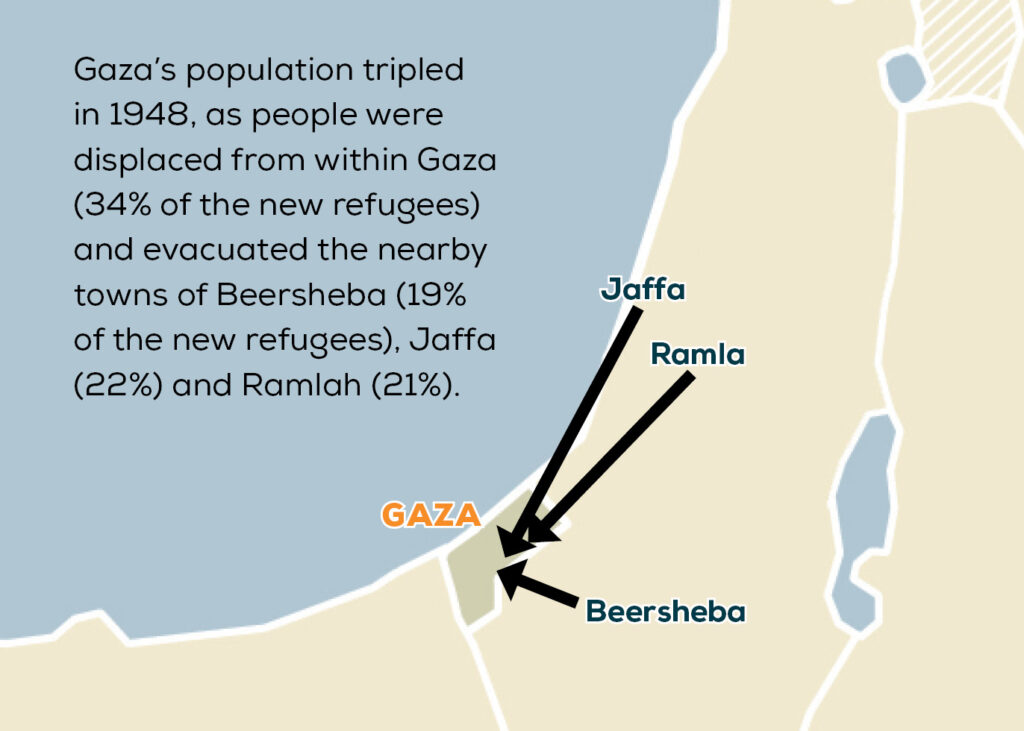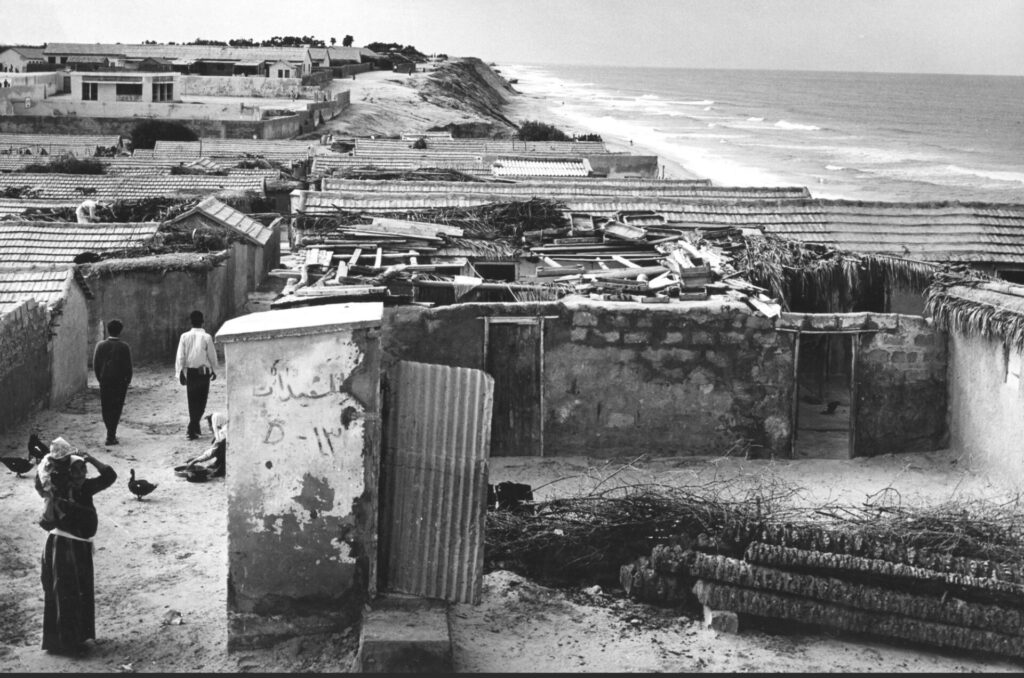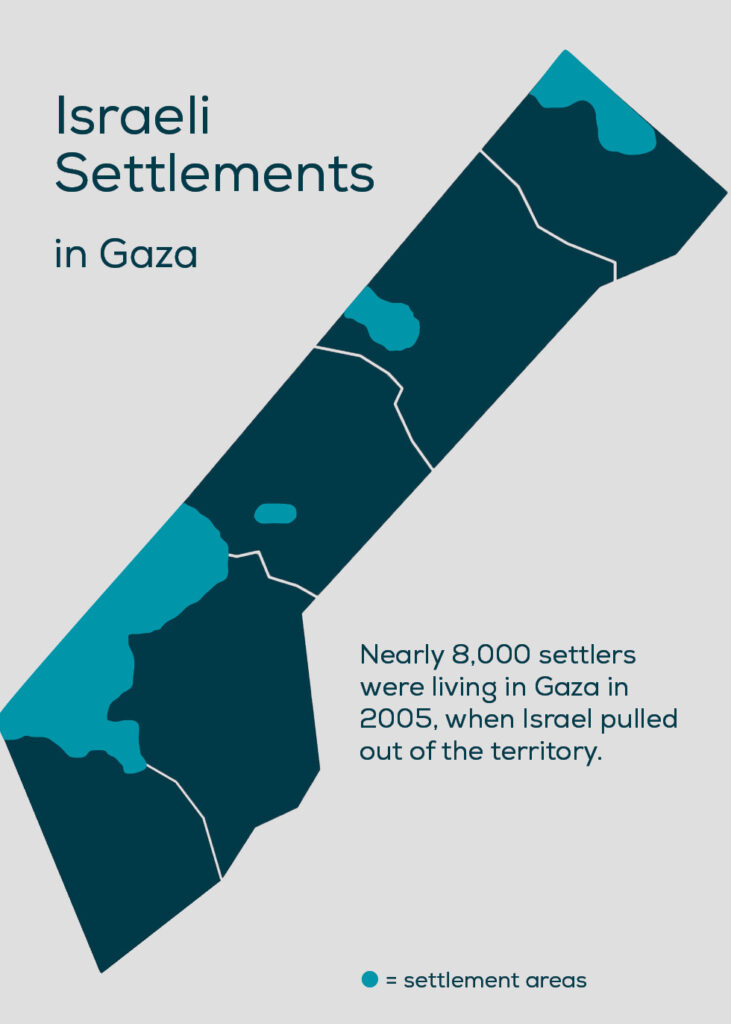A Primer on Gaza
Posted in: Life in the Middle East, Society & culture
The Gaza Strip is a 25-mile long stretch of coastal land (141 square miles, 365 square kilometers) that is home to a growing population of more than two million people. For such a small place, Gaza has a name everyone recognizes around the globe, but few really understand its history, culture and overall situation.
Early History of Gaza in Brief
Gaza dates back to the Stone, Bronze and Iron Ages. During the Early Bronze Age, Egyptians settled in Gaza, constructing the first fortified citadel. Philistines, Egyptians, Neo-Assyrians, Neo-Babylonians, and Persians all also left their marks on Gaza.
The Philistines inhabited the area during the Iron Age, roughly from the 12th century BC until their assimilation into surrounding cultures. The Old Testament story of Samson happened on Gaza’s streets during the Philistine rule. The term Palestine originates from Philistia, a designation used by Greek authors for the territory of the Philistines.
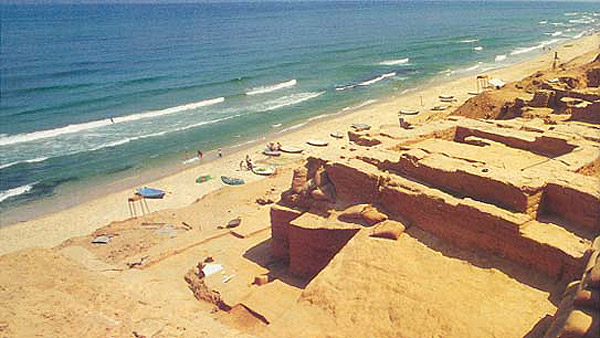

Gaza fell to Alexander the Great in 332 BC and was under Greek rule for a couple of centuries. The Romans came to rule over Gaza, the late 1st century BCE and early 1st century CE, as part of their conquests in the eastern Mediterranean.
Gaza embraced Islam in 634 CE. Over many centuries, Muslim dynasties shaped Gaza. Crusaders temporarily interrupted Islamic rule, but Saladin – a military leader known for his role in the successful defense of Jerusalem against the Crusaders – reclaimed Gaza in 1178.
The Mamluks, an elite military caste in medieval Islamic societies, controlled Gaza from the late 13th century until the early 16th century, with their rule over Gaza as part of the larger Mamluk Sultanate, encompassing various territories in the Middle East and North Africa.
Gaza then became part of the Ottoman Empire for most of the 16th century until 1917. The area gained importance as a strategic location along the Ottoman Empire’s trade routes and as a center for agriculture. Ottoman authorities implemented various reforms, including the construction of infrastructure such as mosques, markets, and public buildings.
Following World War I, the League of Nations granted Britain the mandate to administer Palestine, which included Gaza, in 1920. The Mandate divided Palestine into different administrative regions, and Gaza became part of the Southern District. British policies facilitated an influx of Jewish immigrants, contributing to increased competition for land and resources between Jewish and Arab communities. British rule ended in 1948, when the state of Israel came into being.
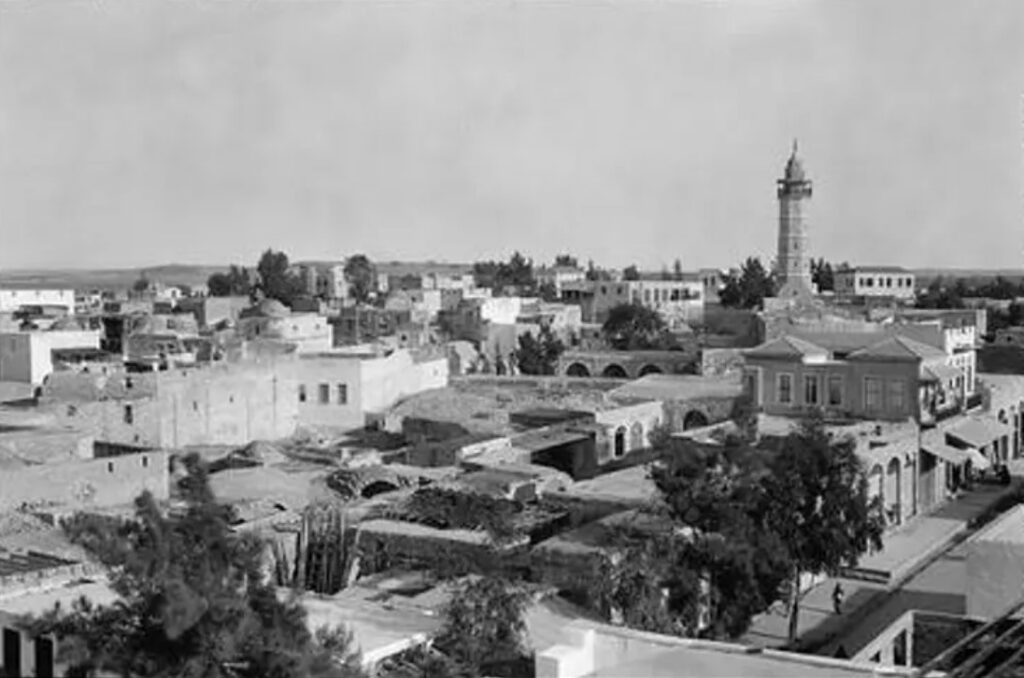

Gaza Just Before the 1948 War
Gaza City thrived as a prosperous market town, playing a crucial role as a collection and distribution hub for the Gaza district’s citrus, wheat, and barley crops. The rest of Gaza was very rural, with a population of about 80,000 people spread throughout the territory. A significant number of Gazans engaged in agricultural activities, including many landowners and farmers who managed citrus groves and pastures beyond the future Gaza Strip boundaries.
Changes in Gaza following the wars of 1948 and 1967
In 1948, when the state of Israel came into being and in the wake of war, Palestinians took refuge in Gaza after fleeing or being driven from their homes, mostly located in Beersheba, Ramlah, Jaffa and other parts of Gaza. The mass migration of Palestinians significantly altered the population composition across the Levant, but Gaza experienced the highest per capita influx of refugees. The region’s population tripled by the late 1940s as it absorbed over 200,000 refugees, many living just a few kilometers away from their original homes and towns.
Upon arrival, refugees in Gaza relied on their limited resources, the goodwill of the local population, and assistance from the Egyptian army. The native Gazans generally welcomed the refugees, with early arrivals securing accommodation through rentals, private homes, or temporary stays in public buildings, schools, mosques, churches, and abandoned British army barracks. But the situation got worse as more people arrived and had to seek refuge in improvised accommodations such as huts and makeshift beach dwellings. Some resorted to living in doorways, under building eaves and on sidewalks.
Limited job opportunities, particularly for the unskilled, left both refugees and around 80,000 local residents competing for goods and services, resulting in wages falling below subsistence levels. The economic consequences were disastrous for the entire population—both original residents and refugees. Gaza quickly became reliant on imports for much of its sustenance as the events of 1948 severed the territory from its usual sources of resources and markets in the region.
In the 1950s and 1960s, the Egyptian army occupied a 25-mile coastal strip from Sinai to just south of Ashkelon. During this period, Egypt imposed military rule in the newly formed “Gaza Strip,” allowing Palestinians residing in Gaza to work and study in Egypt.
Israel seized control of the Gaza Strip during the 1967 war. A new influx of Palestinians fleeing the warfare in the West Bank swelled the population in Gaza to around 394,000 in 1967 — at least 60% of whom were refugees. With the departure of Egyptian forces, many residents of Gaza found employment in Israel’s agriculture, construction, and services sectors. Israeli troops stayed to administer the territory and protect their settlements, sparking increasing resentment among Palestinians.
Movement between Israel and Gaza was more accessible during this period. The boundary was porous, enabling Palestinians and Israelis to cross easily. Palestinians worked in Israel, while Israelis visited Gaza for affordable shopping, skilled car mechanics, and seafood.
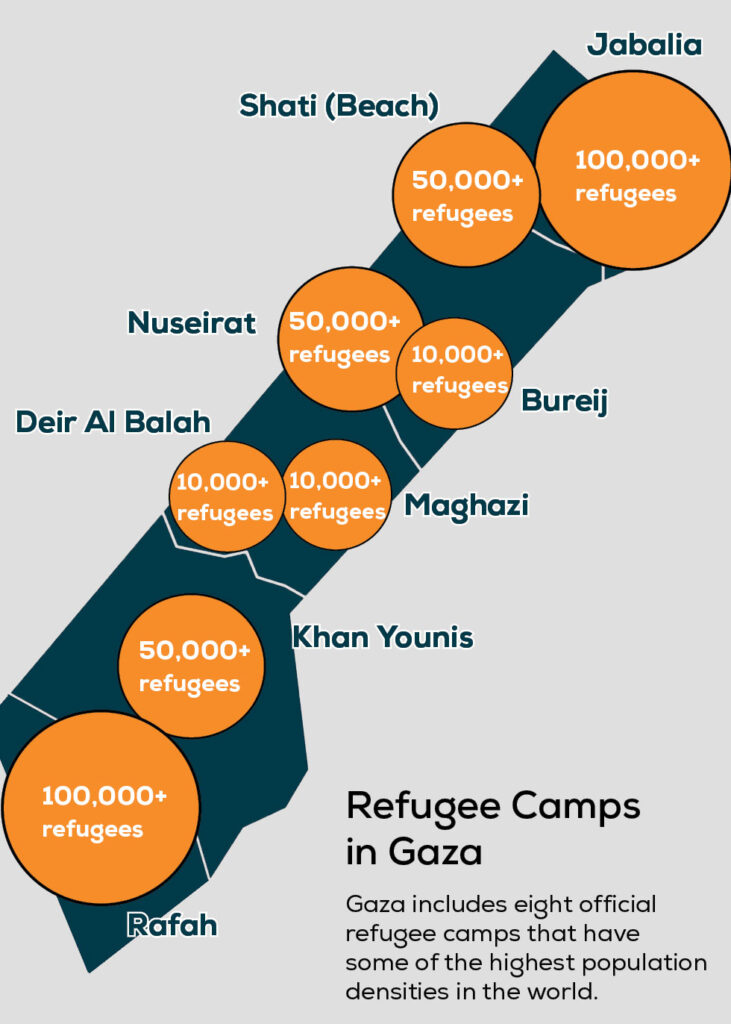

Source for map: Passia
Intifadas and the Rise of Hamas
In 1987, the first Palestinian intifada (uprising) began after an Israeli truck collision in Gaza killed four Palestinian workers. This led to stone-throwing protests and strikes. During the unrest, Hamas formed and presented a challenge to Yasser Arafat’s secular Fatah party. In 1993, the Oslo Accords were signed, establishing the Palestinian Authority and granting limited Palestinian control in Gaza and parts of the West Bank, with Arafat’s return to Gaza after years in exile.
The Oslo process granted the Palestinian Authority some autonomy and anticipated statehood after five years, which did not materialize. Israel accused Palestinians of violating security agreements, while continued Israeli settlement building angered Palestinians. In response, Hamas and Islamic Jihad carried out bombings to disrupt the peace process, prompting Israel to impose more restrictions on Palestinian movement out of Gaza.
Israel built a security barrier with seven entry points around Gaza in 1994. This tightened a closure policy Israel first established in 1991 that restricted the movement of Palestinians in and out of Gaza.
In 2000, the second Palestinian intifada began, marked by suicide bombings and shooting attacks by Palestinians, as well as Israeli air strikes, demolitions, and restrictions. Gaza International Airport, symbolizing Palestinian economic independence, was destroyed. Israel evacuated its Gaza settlements (and nearly 8,000 settlers) in 2005, leading to increased freedom of movement within the confines of the territory. In 2006, Hamas won Palestinian elections and took control of Gaza, facing international aid cuts and restrictions.
Navigating the Geography of Palestine
Palestine is made up of the West Bank, East Jerusalem and Gaza. The West Bank and Jerusalem are connected, though checkpoints make movement challenging. Gaza, however, is separated from the rest of Palestine.
At their closest points, Gaza and the West Bank (Hebron) are 50 kilometers (30 miles) apart, but Palestinians need Israeli permission to pass through Israel. Since the second intifada in 2000, Israel has restricted Palestinian movement between Gaza and the West Bank. Over half a million Palestinians were exiting Gaza every month before 2000. Now it’s only a few thousand Palestinians out of millions who can get permits to travel between Gaza and the West Bank, and vice versa, each month.
The war that began on October 7, 2023 has brought a complete halt to movement between the territories.
The Blockade of Gaza
Gaza has been under a blockade by Israel since the summer of 2007. Israel maintains tight control of Gaza’s airspace and shoreline, as well as what goods and people can cross in or out.
The barrier Israel erected in 1994 originally had seven crossings, but after the blockade went into effect in 2007 only the Rafah (with Egypt) and Erez crossings for people and the Kerem Shalom crossing for goods transport remained operational. All goods and people entering or leaving Gaza, as well as exports passing through Israel, had to pass through one of three crossings in Israel’s wall around Gaza to undergo security inspections.
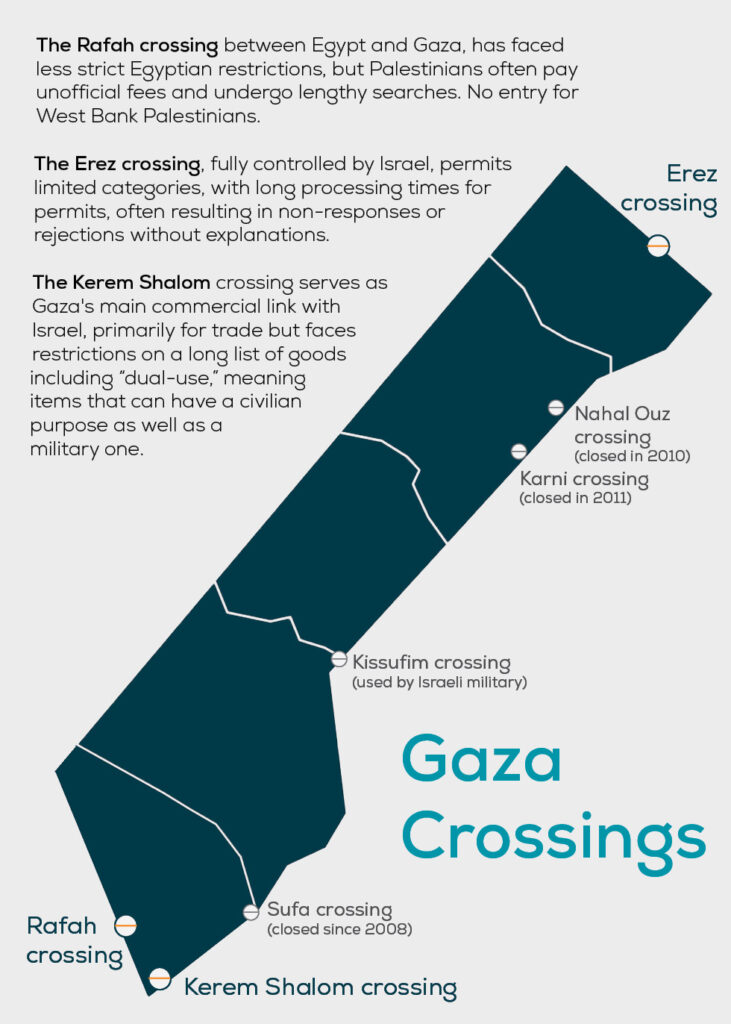

The Rafah border crossing with Egypt, intermittently closed since 2014, has only been somewhat operational since mid-2018, isolating the territory further.
The blockade has stifled Gaza’s economy, restricting the import and export of goods, and resulting in widespread poverty. A chronic shortage of medicines and medical supplies and outdated medical equipment create challenges for hospitals and clinics in treating patients. Individuals with disabilities encounter difficulties with inadequate care and inaccessible facilities.
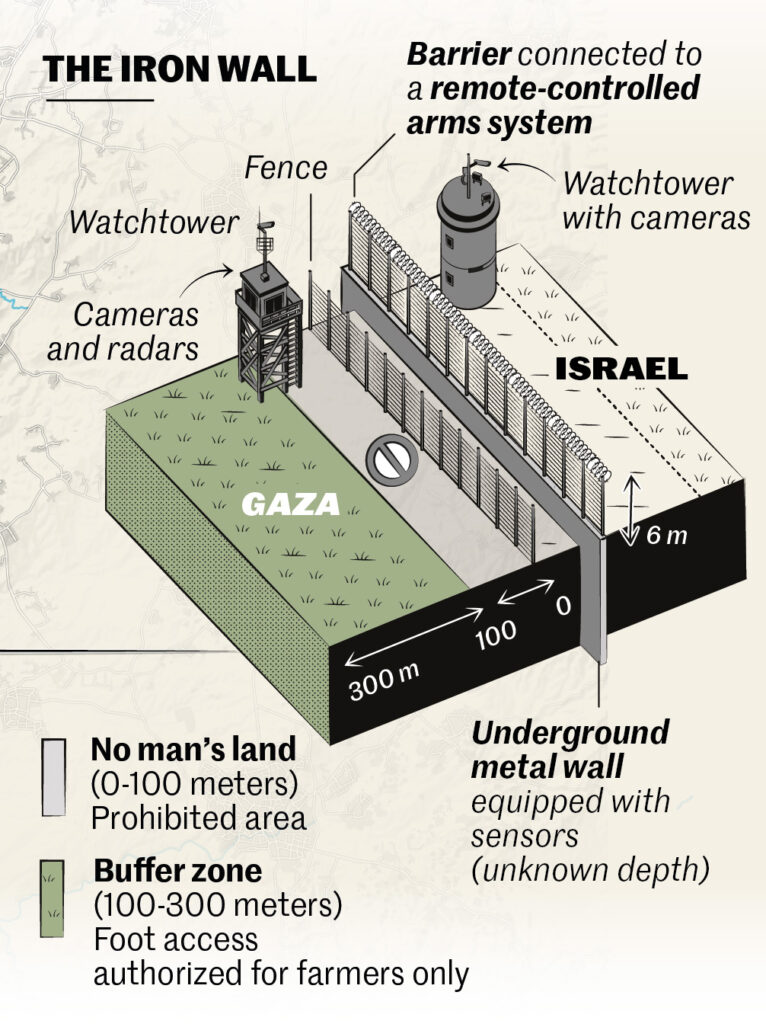

Since 2007, critical resources like water and electricity have been in severe shortage, with daily power cuts due to inconsistent supply from fuel and electricity providers. Gaza residents have grappled with a power crisis, impacting water purification, farming, and daily tasks. The unpredictable nature of electricity availability has disrupted daily routines, making it challenging for residents to focus on essential activities.
Despite these many challenges, the people of Gaza built a society within the walls of their prison that included commerce, education, the arts, cuisine, basic healthcare and private ownership of property and possessions.
For a while, until 2013, there was active trade through smuggling tunnels from Egypt into Gaza. The tunnels became a means of importing essential goods, like fuel, construction materials, pesticides, seeds, agricultural tools, preservatives, packaging material, spare parts, livestock and more. When the tunnels were destroyed, shortages grew and costs went up.
An Ongoing Cycle of Hostilities
Gaza has experienced a recurring pattern of conflict, attacks, and reprisals between Israel and Palestinian militant groups. In addition to killing thousands of Palestinians, the campaigns have caused extensive damage to infrastructure, including the destruction of housing units, businesses, schools, and water and sewage networks.
In December 2008, Israel initiated a 22-day military offensive in Gaza, characterized by intense aerial bombing and a subsequent joint air and land invasion, that killed approximately 1,400 Palestinians, primarily civilians, and left over 5,000 wounded.
In November 2012, Israel initiated air strikes in response to escalating exchanges of violence. The eight-day military operation led to the killing of 158 Palestinians.
In the summer of 2014, Gaza endured 51 days of what was considered the most severe destruction and displacement since the onset of the Israeli occupation in 1967. The operation claimed the lives of more than 2,100 Palestinians. At the peak of the conflict, around 28% of Gaza’s population sought refuge in UNRWA buildings or with host families. The war’s economic damage is three times that of the 2008-2009 conflict.
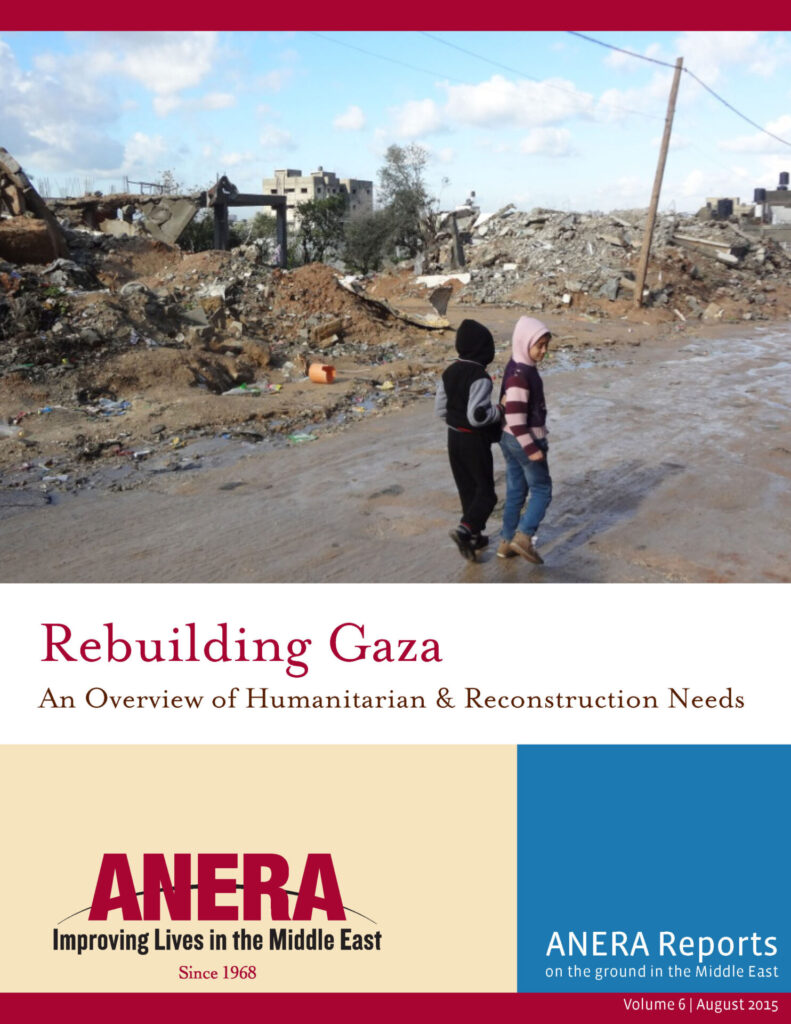

In May 2021, an 11-day conflict between Israeli forces and Palestinian armed groups resulted from escalating tensions in East Jerusalem over Palestinian access to holy sites and the threat of forced evictions. During the attacks, 261 Palestinians were killed. At the peak, 113,000 internally displaced sought shelter.
In August 2022, three days of hostilities between Israel and armed groups in Gaza broke out after the border crossings between Israel and Gaza had been totally closed to people, goods and traffic. The conflict left dozens of people dead and hundreds injured and displaced.
War of 2023
On October 7, 2023, armed groups from Gaza entered Israeli towns, killing and capturing Israeli forces and civilians, prompting Israel to declare war on Hamas. In response, Israel launched a campaign involving airstrikes and ground invasions in Gaza, leading to forced evacuations that have left some 85% of the population displaced. More than 23,000 Palestinians in Gaza have been killed in the attacks.
Much of the water, electrical, communications and healthcare infrastructure that made Gaza function is beyond repair. Only eight of Gaza’s 36 hospitals are accepting patients. Citrus trees, olive groves and greenhouses have been obliterated. More than two-thirds of Gaza’s schools are damaged and children’s education has stopped. People are starving. And the destruction continues.
The scale of the destruction and the seismic movement of people leave little doubt that Gaza will not look like it did before this latest war. Gaza, a tiny territory that has endured so very much in its long history, is entering into a grim new era.
Some Images from Anera’s Response in 2023
See Anera’s response log for more information.
OUR BLOG
Related
Joint Statement 200+ NGOs call for immediate action to end the deadly Israeli distribution scheme (including the so-called Gaza Humanitarian Foundation) in Gaza, revert to the existing UN-led coordination mechanisms, and lift the Israeli government’s blockade on aid and commercial…

